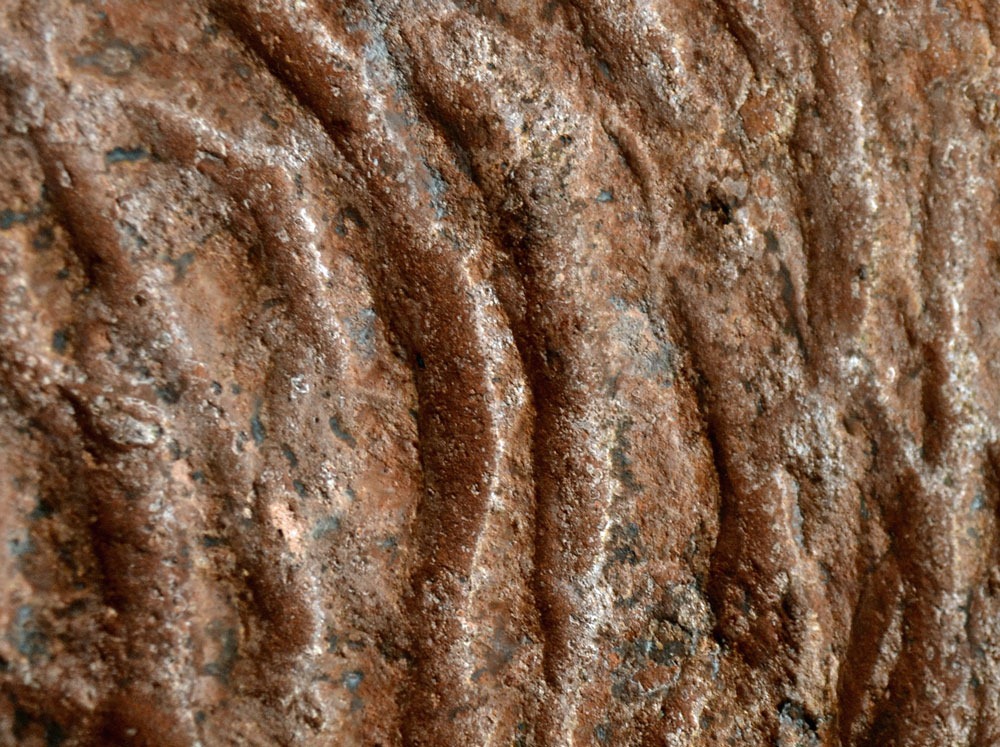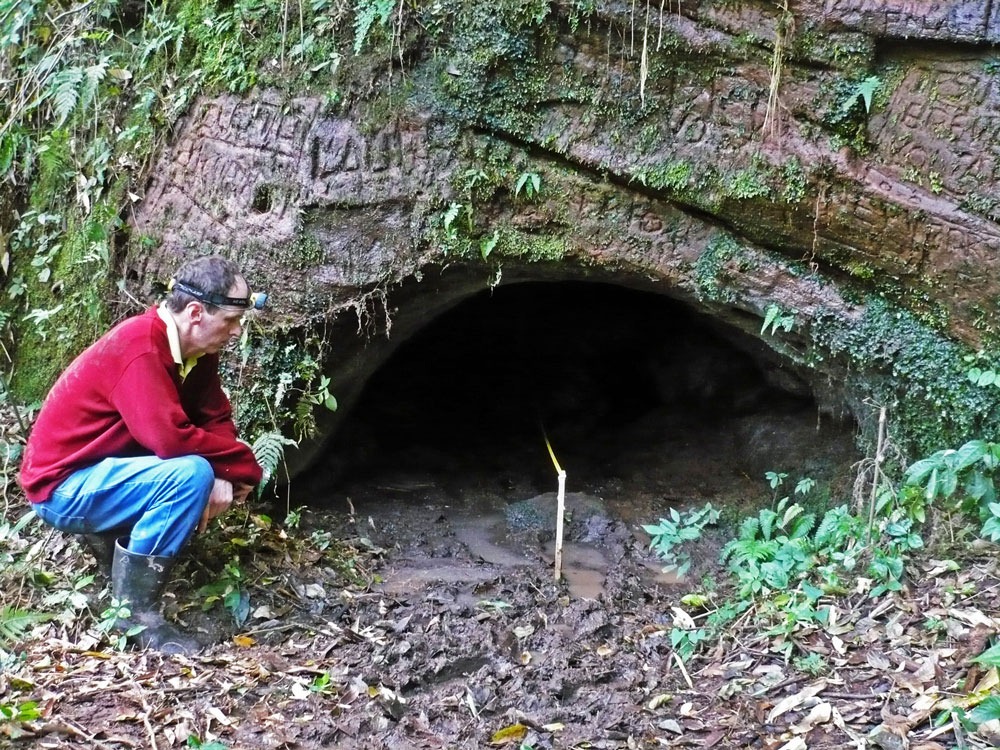Across northern South America, there are hundreds of colossal tunnels large enough for humans to walk through, but they weren’t dug by men. Nor they were formed by any known geological process. But their creators have left evidence all around the walls and ceilings—giant claw marks.
Geologists call these tunnels “paleoburrow,” and they are believed to have been dug by an extinct species of giant ground sloth.

A large paleoburrow in Brazil. Photo credit: Heinrich Frank
The term was coined by Heinrich Frank, a professor at the Federal University of Rio Grande do Sul, in Brazil, who chanced upon one at a construction site in the town of Novo Hamburgo, in the early 2000s. Up until then, little was known or written about these tunnels in scientific literature. But since he came upon his first, Heinrich Frank and other researchers have discovered more than 1,500 tunnels, in the state of Rio Grande do Sul alone. Some of these burrows measure hundreds of feet long and branched off into several direction.
The largest one measured 2,000 feet long, six feet tall and three to five feet wide. An estimated 4,000 metric tons of dirt and rock were dug out of the hillside to create the burrow. It was evidently the work of not one or two individuals but several generations.
Frank believes the burrows were dug by a genus of giant ground sloths, as large as modern elephants, that once lived in South America until about 10,000 years ago. They were some of the biggest land mammals on earth exceeded in size only by the mammoth. Others believe that extinct armadillos, which were smaller than the giant sloths, were responsible for the burrows.

Claw marks on the sides of the burrow. Photo credit: Heinrich Frank
Regardless of who dug them, the sheer size of the burrows is something that Frank and his colleagues are still trying to explain.
The paleoburrows also have a strange geographic distribution. They have been found only in the southern Brazilian states of Rio Grande do Sul and Santa Catarina. Very few have been found in northern Brazil, or in other South American countries. Even in North America, where the giant ground sloths and giant armadillos once lived, no paleoburrows have been found.
Greg McDonald, a paleontologist from the Bureau of Land Management, however, believes that it’s just a matter of time before we find them.
“The fact that we don’t have them here could simply be that we’ve overlooked them,” he says.
There are still a lot of unanswered questions surrounding the paleoburrows and its creators. Who built them? Why they were built? How they were built, and when?

Inside the first paleoburrow discovered in the Amazon. It’s nearly twice as large as the second-largest known burrow, located elsewhere in Brazil. Photo Credit: Amilcar Adamy/CPRM

A closer look at those claw marks. Photo credit: Heinrich Frank

Outside the entrance to a paleoburrow. Photo credit: Heinrich Frank

Megatherium americanum, the giant sloth.

Source: Discover Magazine
Subscribe to our Newsletter and get articles like this delieverd straight to your inbox
These Massive Tunnels Were Dug By Giant Sloths
4/
5
Oleh
photofun4ucom






